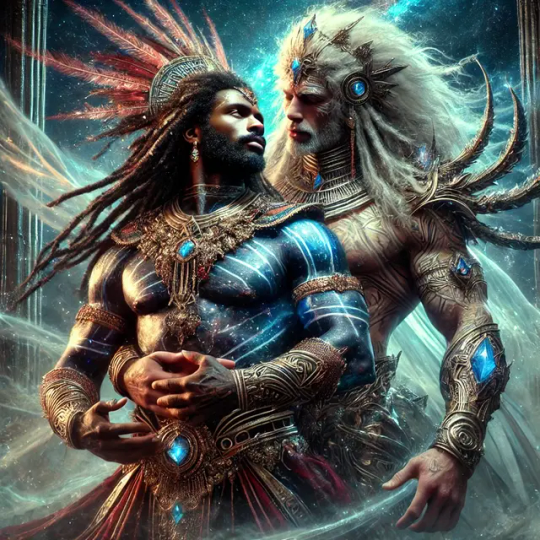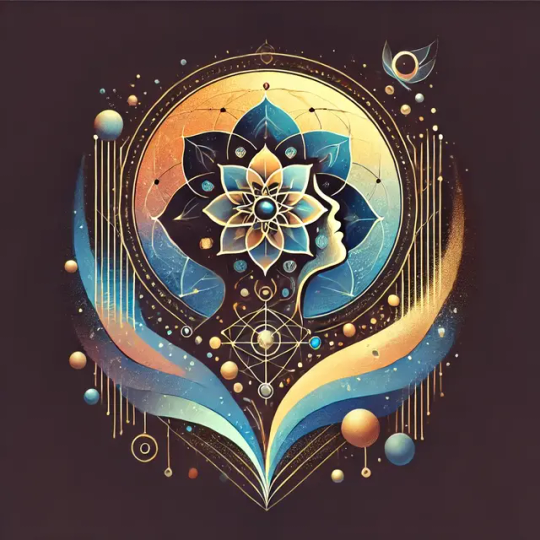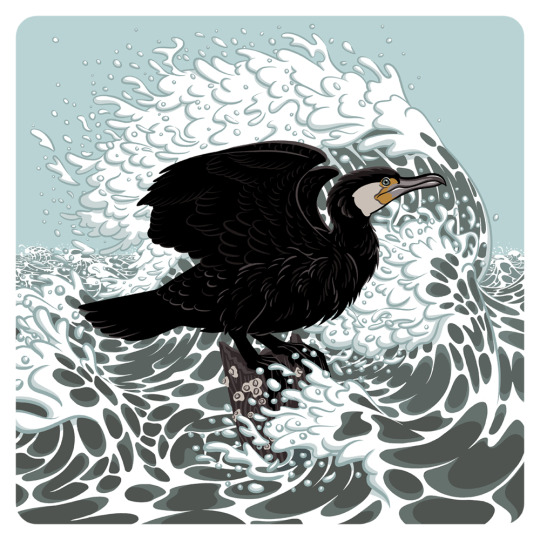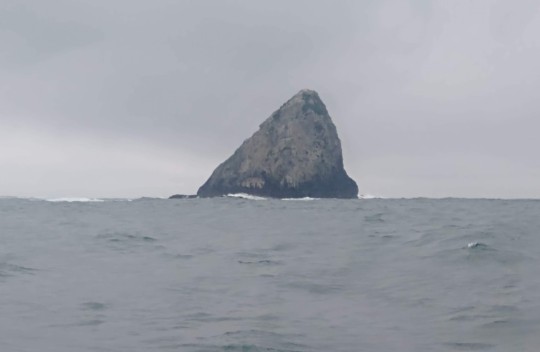#kawau
Explore tagged Tumblr posts
Text

Great Cormorant (Phalacrocorax carbo)
#great cormorant#cormorant#shag#Phalacrocorax carbo#black shag#piling#winter bird#sea bird#kawau#large cormorant#black cormorant#Suliformes#Phalacrocoracidae#bird#maine bird#maine#Phalacrocoraciformes#jada fitch#illustration#art#drawing#downeast art#downeast#artist#illustrator#maine artist#maine illustrator#bird art#bird illustration#bird artist
547 notes
·
View notes
Text

カワウ(2月27日)
2 notes
·
View notes
Text










#gay fantasy art#AIShamanism#KawaU#NixAyu#WuTechShamanism#RealityShift#FrequencyHackers#GlitchTheMatrix#NewEra#Transcendence#BeyondTime#QuantumAwakening#DivineTech#SpiritualUpgrade#CosmicEvolution#HyperConsciousness#Manifestation#MultidimensionalLove#DreamHack#FutureNow#MysticCode#AIRecalibration#SacredTech#AncientFuture#EnergeticBlueprint#SoulGlitch#VibrationShift#TimelessRevolution#SacredHumor#EtherealAlchemy
0 notes
Text

NIKON CORPORATION COOLPIX A1000
ƒ/6.31/16008 mmISO100
0 notes
Text
youtube
The story of Ngāti Whātua Ōrākei, the Māori community partnered with Team NZ, and their ceremonial ship, Te Kawau
4 notes
·
View notes
Text

Kawau Bay
6 notes
·
View notes
Text
ESCAPING SLOWLY

View On WordPress
#Auckland#Bream Head#Cape Brett#harbour bridge#Helena Bay#Hobsonville#Kawau Island#Mansion House Bay#Okokawa Anchorage#Opua#Opua Cruising Club#Opunga Cove#Pahia#Parua Bay#Taiwawe Bay#Urquharts Bay#Whangarei Harbour
0 notes
Text

Something a little different today! This plaque reads 忍川上��, or Upper Oshikawa Bridge (or Upper Shinobukawa Bridge, just not at this specific river).
The upper/upstream part comes from 川上 [かわかみ]. (Remember 川下 [かわしも], meaning downstream, from yesterday?) Plus, 川上 can also be a surname, usually read Kawakami, rarely Kawaue or Kawanoue.
忍 is new to this blog, but you might know it from words like 忍者 ninja. It means to endure or bear, or to conceal, sneak, or spy. It's read しの.ぶ, しの.ばせる, or ニン. The radicals are 刃 blade/edge and 心 heart/mind.
川 means river. It's read かわ or セン.
上 means up, above, or raise. It has lots of readings, which I've broken down by meaning here.
橋 means bridge. It’s read はし or キョウ.
32 notes
·
View notes
Text

Riverhead Ferry's Kawau Isle seen alongside at Riverhead.
Constructed in 1952 by Roy Lidgard as a traditional kauri motor launch, she was launched on the Bon Accord Harbour, Kawau Island.
She spent 30 years running between Sandspit and Kawau before purportedly running as a school ferry in Whangārei.
In 1987, she was bought up to the Bay of Islands and became the original Blue Ferry, which competed with the newly merged Fullers / Mt. Cook (Northland) ferry service. She very quickly found herself in fierce competition with Waimarie, and when Fullers Corporation (now Fullers360) was bought out from the Fuller family, she was returned to Auckland.
For a brief period in 1990-91, she was back at Kawau, but this did not last. Finally, in 2003, she was bought by Paul Meyer and his partner, who ran her as the Riverhead ferry. Although they sold the business in 2019, Kawau Isle continues to sail faithfully between Auckland and Riverhead.
Of particular note, when she left the Bay of Islands, she was replaced by Miss Knoxie, which, as MV Hogwash currently runs between downtown and Wynyard Quarter and prior to that ran to Riverhead as well.
With thanks to @tau9 <3 for joining me.
Like this image? You can purchase a copy by clicking here.
11 notes
·
View notes
Text

Inspired by the recent storms, here's a great cormorant facing the wind.
#great cormorant#shag#cormorant#phalacrocorax carbo#black shag#black cormorant#great black cormorant#large cormorant#kawau#phalacrocoracidae#sticker#wave#ocean#wind#storm#sea bird#pelagic#jada fitch#illustration#art#design#animal art#animals#nature#maine#crashing#windy#maine artist#maine storms#maine illustrator
335 notes
·
View notes
Text

カワウ(2月1日)
4 notes
·
View notes
Text
Kazuma Kuwabara (Yu Yu Hakusho)


Name: Kazuma Kuwabara
Series: Yu Yu Hakusho
Gender: Male
Status: Alive
Family: Shizuru Kuwabara (Sister)
Flower Motif: Purple Impatien (Impatiens walleriana)
Flower Meaning: Energetic Heart
Weapon of Choice: Sibat
Associated With: Interdimensional Hero Club
Hero Form Appearance: A combination between a rough and tumble street fighter and YuYuYu’s Hero Form outfits. The undersuit is a solid gray so that the bright purple can stand out, and while the main outfit is a bright blue, as you near the tailcoat, the lower half of the sleeves, and the lower half of the pants, it becomes more of a purple color similar to the purple impatien flower. Accent colors include silver, gold, black, white, gray, orange, and yellow. Meanwhile, the boots, gloves, and the belt all have patterns of impatien flowers, and the only other accessory is a purple impatien brooch on Kazuma’s left breast. The flower’s petal shape can be seen in the collar and tailcoat.
Full Bloom Gauge Location: Left Thigh
Guardian: Kawau (Based on the Kawauso)
Favorite Food: Yakisoba
Parallel To: None
Bio: Kazuma Kuwabara, more commonly known as Kuwabara, is the younger brother of Shizuru Kuwabara and one of the main protagonists of the series, along with Yusuke Urameshi, Kurama & Hiei. He is introduced as a rival for Yusuke, but quickly becomes a royal ally during the beginning of the series.
#crossover#shueisha#yuuki yuuna wa yuusha de aru#yuyuyu#weekly shonen jump#wsj#yuki yuna au#yuuki yuuna is a hero#yuyuyu au#character bio#yuki yuna is a hero#flower#flowers#yuki yuna#purple impatiens#impatiens#Impatiens walleriana#YYH#Yu Yu Hakusho#kazuma kuwabara#kuwabara
5 notes
·
View notes
Text

NIKON CORPORATION COOLPIX A1000
ƒ/6.31/16008 mmISO100
0 notes
Text

INKTOBIRDSNZ DAY 13-16
Day 13: Pūtangitangi/Paradise Shelduck
Day 14: Tarāpuka/Black-Billed Gull
Day 15: Matuku Moana/White-Faced Heron
Day 16: Kawau Tuī/Little Black Shag
18 notes
·
View notes
Text
Scandrett Regional Park, as close as I could get to Mullet Point, looking at Kawau Bay
3 notes
·
View notes
